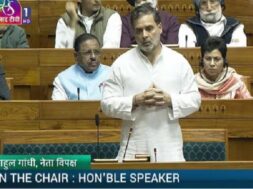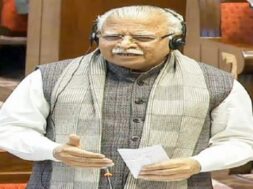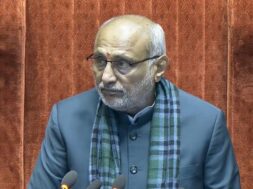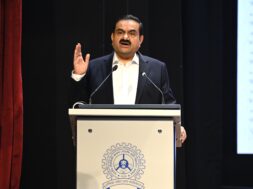
Virendra Pandit
New Delhi: Apprehending demographic challenges ahead, the People’s Republic of China (PRC) has now allowed its citizens to have three children—at a time when young Chinese couples are not only shunning parentage but also marriage while they focus on their careers.
And most young couples are not interested in taking the government’s incentives for child-making, media reported on Monday.
Facing resources crunch, including food shortage, amid galloping population, China had strictly imposed in 1979 a one-child norm to contain the demographic explosion that made it the world’s most populous country.
But its adverse effects are now visible: its infertile population of the elderly, 65-plus people, demanding expensive social security, is increasing alarmingly. If this decline goes unchecked, the Dragon could face a sharply diminished workforce in a few years.
That is why Beijing announced on Monday that the married couples could now have up to three children. It is a major shift from the existing limit of two children after recent census data showed a dramatic decline in births.
The decline is so steep that Beijing had to replace its one-child policy with a two-child limit in 2016 and, within five years, to a three-child norm to stave off risks to its economy from a rapidly aging population. Even the two-child policy failed to increase births because of the high cost of raising children in highly expensive Chinese cities.
“The policy change comes with supportive measures conducive to improving our country’s population structure, fulfilling the country’s strategy of actively coping with an aging population”, the official Xinhua news agency said, following a Politburo meeting chaired by President Xi Jinping.
To spur childbirth, China will lower educational costs for families, step up tax and housing support, guarantee the legal interests of working women and clamp down on “sky-high” dowries, it said, without giving specifics. It would also look to educate young people “on marriage and love”.
China had a fertility rate of just 1.3 children per woman in 2020, recent data showed, on par with aging societies like Japan and Italy and far short of the roughly 2.1 needed for replacement level, according to media reports.
In a poll on Xinhua’s Weibo account asking #AreYouReady for the three-child policy, about 29,000 of 31,000 respondents said they would “never think of it” while the remainder chose among the options: “I’m ready and very eager to do so”, “it’s on my agenda”, or “I’m hesitating and there’s a lot to consider”.
“I am willing to have three children if you give me 5 million yuan ($785,650),” one user posted.
The authorities, however, spiked the embarrassing poll.
Interestingly, share prices in birth- and fertility-related companies surged on the bourses.
Early this month, the decadal census showed that the population grew at its slowest rate in the 1950s, to 1.41 billion, fuelling concerns that China would grow old before it gets wealthy as well as criticism that it had waited too long to address declining births.
Despite the government announcement, people are apprehensive. Fines of 130,000 yuan ($20,440) were being imposed on those having a third child as of late 2020, according to a government notice in the city of Weihai.
Fearing a population explosion, China implemented its one-child policy in 1979, which succeeded in curbing population growth but also led to coerced sterilizations and sex-selective abortions that exacerbated a gender imbalance as many parents preferred male children.
The booming economy and rapid urbanization increased the population shift from the rural to urban areas where the new generation demonstrated more interest in careers than in raising families.
A study published earlier this year by academics from Hangzhou University found that the two-child policy encouraged wealthier couples who already had a child and were “less sensitive to child-rearing costs” while driving up the costs of child care and education and discouraging first-time parents.














